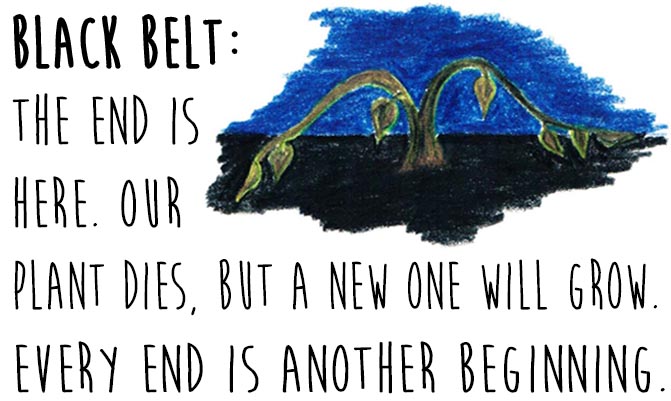What Do Colored Karate Ranks Mean?
We took a look at the history and symbolism of karate belts in the blog post “The Meaning Of Karate Belts.” And we all know that most martial arts use some kind of color-coded ranking system to represent class advancement and reward the hard work and discipline that a student has put into mastering their art. But what does each level of the color-coded journey toward a black belt signify?
While many schools have their own unique spin on exactly what each color (or kyu) represents in terms of both technical skill and philosophical growth – and some might have slight variations in the order of their belts– most generally follow this path. Let’s break down what each rank means to a karateka beginning their training journey, color by color.
Karate is an interesting martial art with opulent and long term history. But, with the passage of time, there appeared a relatively new system known as Karate belt system. The progress of karate student is always graded with Kyu(color belts) and dan (black belt ranking) since early 1900s. We all know that a person who holds a black belt in Karate is considered to be well talented and skilled. Additionally, his black belt also symbolizes that he has accomplished his represents. However, there are multiple other karate belts that individuals must achieve before reaching the highest level of their training.
The color belt ranking system is helpful and well organized way of representing individual’s improvement but it really doesn’t ensure that your karate belt utterly defines you. Karate belts carry importance for keeping standardization of requirements which in return helps to maintain the values based on systems and integrity. Let’s make a discussion that what each rank means to a karateka commencement their training journey, color by color.

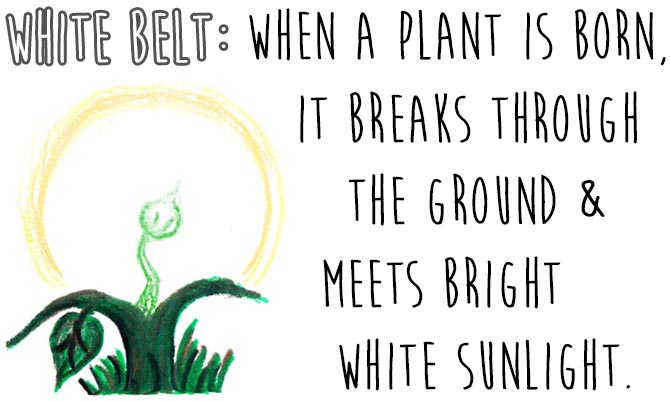
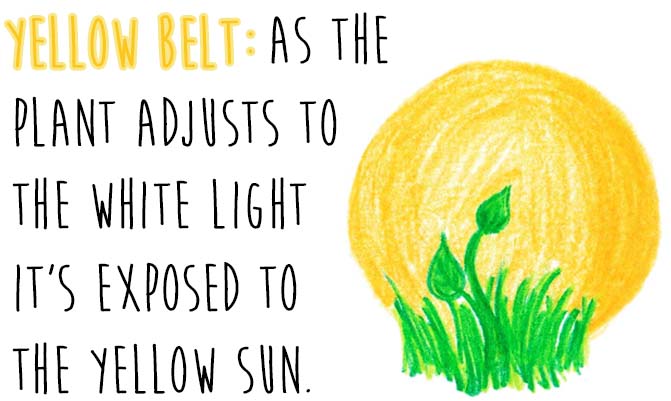
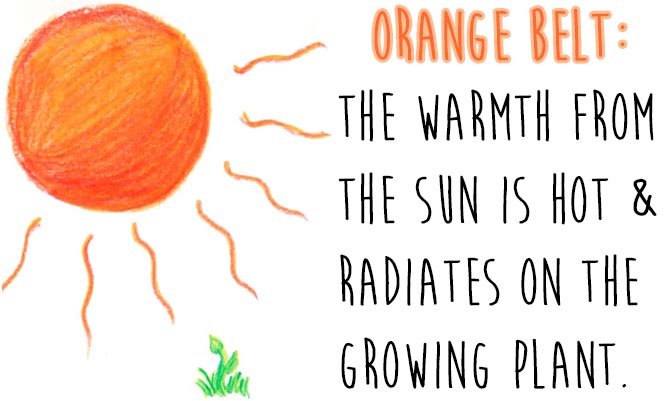
 White Belt
White Belt
 Yellow Belt
Yellow Belt
 Orange Belt
Orange Belt
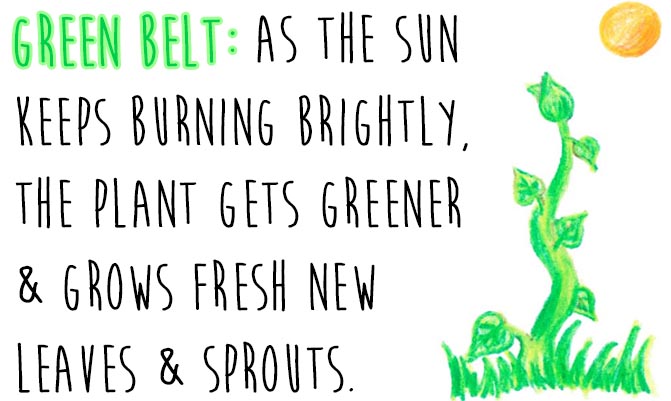
 Green Belt
Green Belt
.jpg)
 Sr. Blue Belt
Sr. Blue Belt
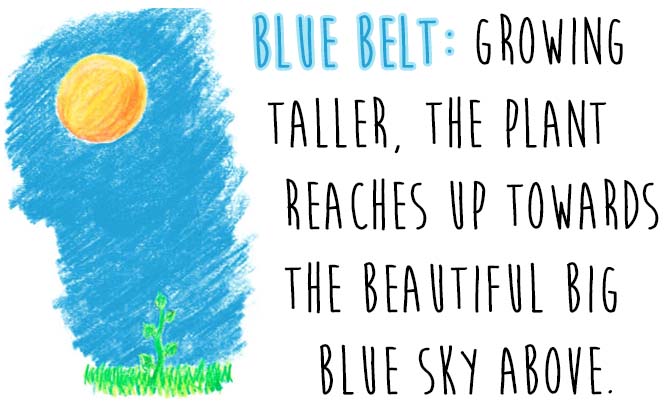
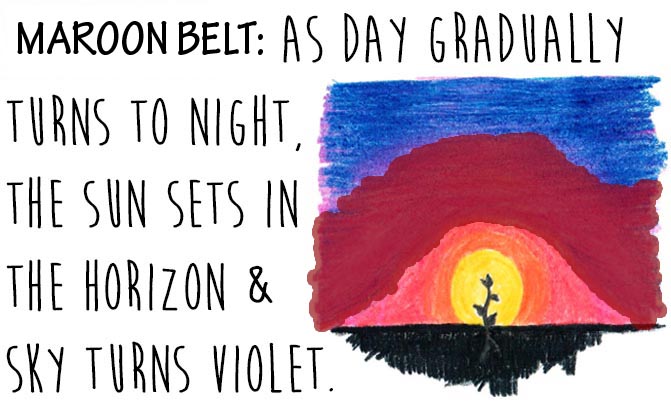
 Maroon Belt
Maroon Belt
 Brown 4 Belt
Brown 4 Belt
 Brown 3 Belt
Brown 3 Belt
 Brown 2 Belt
Brown 2 Belt
 Brown 1 Belt
Brown 1 Belt
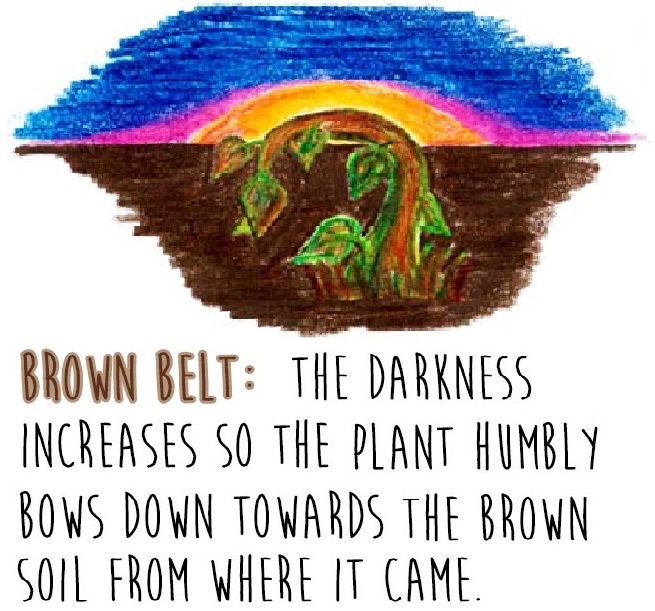
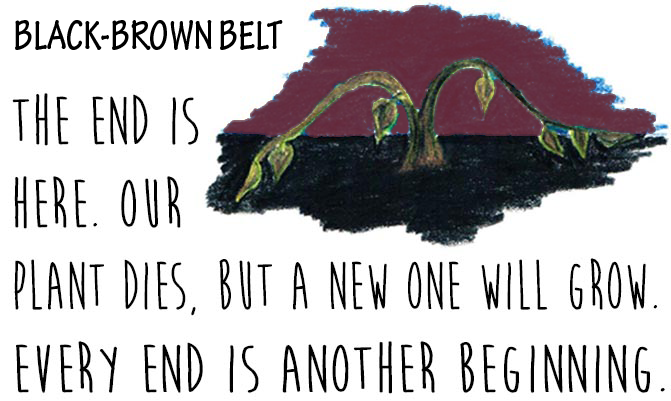
 Black Brown Belt
Black Brown Belt
 Black Belt
Black Belt
